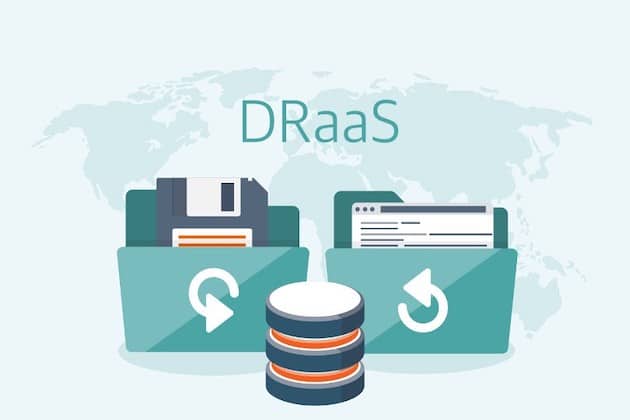Disaster Recovery as a Service (DRaaS) and what it brings to my company
In order for our company to move forward day by day, we depend on the information we generate as well as the technology we use to manage it: computers, databases, mobiles, tablets, communication lines, etc.
We are so used to using these technological advances that we assume that our information is always protected, but have you ever run out of access to important data you needed at that precise moment? Have you encountered a problem on the server and have not been able to start your activity until you recover it?
What is Disaster Recovery as a Service or DRaaS?
The concept of Disaster Recovery as a Service (DRaaS) is one of the new fundamental models within the field of Cloud Computing. This is a new service delivery model, which makes use of the Cloud to store the critical computing environment, virtual and in a dormant state, waiting to be launched in case of an emergency.
All companies, whether large companies or SMEs, require a data recovery plan in case of failure, because despite the fact that earthquakes or floods are not very frequent, they can be data failures centers of your business.
However, the model followed so far has been to duplicate the datacenter to prevent system crashes, with a high cost not suitable for all companies.
DRaaS is the perfect solution for SMEs, as it prevents data loss and protects your business applications from breakdowns, errors or IT failures in the facilities, reducing costs by around 70%.
It does not require any investment in infrastructure, licenses, maintenance or personnel, since it is a fully managed and flexible service, when paying only for the use. In this way, DRaaS allows small businesses to contemplate disaster recovery plans, impossible to implement using the traditional model.
Some of its advantages are:
- Simplicity of use and automation.
- Customization of the service.
- Quick recovery.
- Security.
- Mobility.
One of the most relevant aspects of this model is that priority is given to the most important assets of the company and determines the necessary objectives in terms of the most appropriate recovery time (RTO) for disaster recovery.
The DRaaS allows to reduce costs with respect to traditional solutions, is more flexible and adapts to each client. In addition, the combination of this modality with the Infrastructure as a Service allows to maintain and guarantee the updates of all the IT components of your business, so that you can focus on the development of the main activity of your business instead of investing time in the infrastructure IT.

